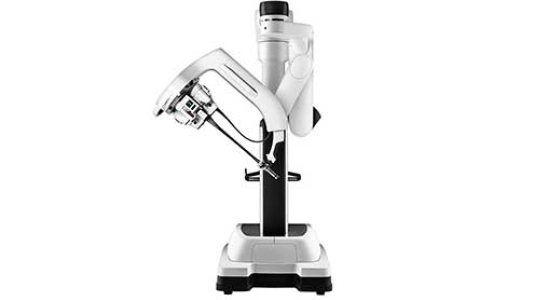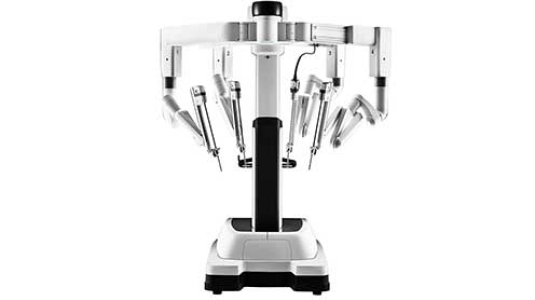Robotic surgery is a tool that assists surgeons but does not replace them. The surgical procedure is still performed by the surgeon, who remains in control of the entire operation.
The surgeon sits at a specialized control center known as a console where the surgeon controls the camera, robotic arms and other equipment. An assistant sits at the patient's bedside and uses laparoscopic tools through ports to provide suction, change robotic tools, make adjustments to the robotic arms as needed and to introduce stitches.
A circulating nurse will make preparations for the procedure and continually monitor the patient and surgical team during its course. This registered nurse also records the progress of the operation, accounts for the instruments and handles specimens throughout the procedure.
A surgical technologist sits on the other side of the patient to provide tools and sutures and to make adjustments to the robotic arms. The anesthesiologist remains at the patient's head, providing anesthesia and monitoring the patient's heart and lungs.


